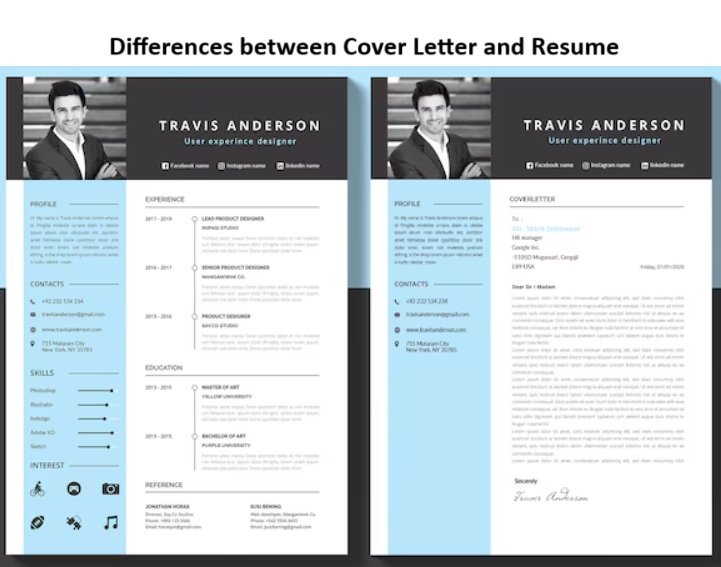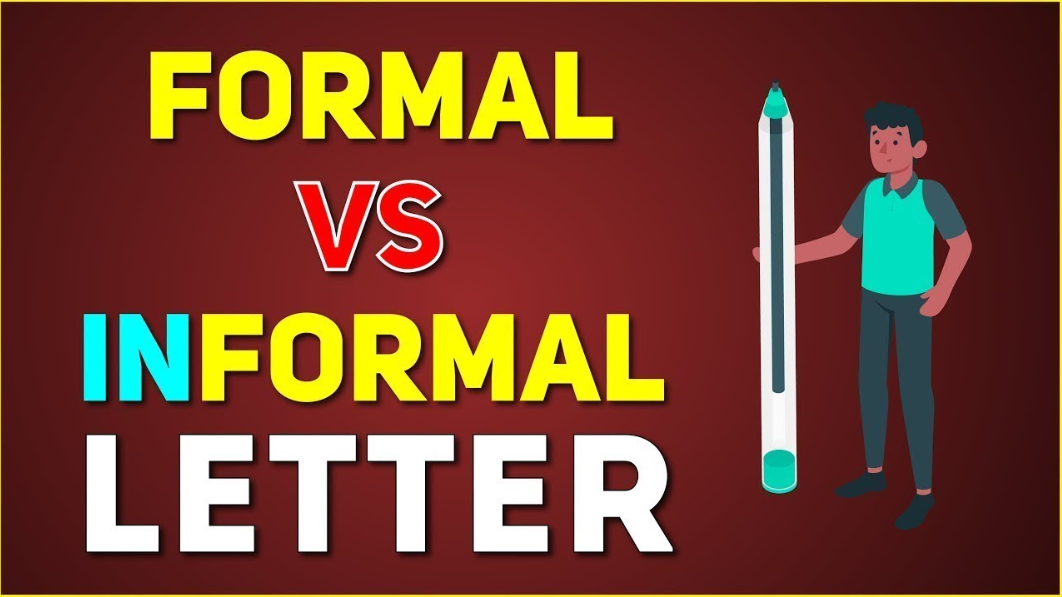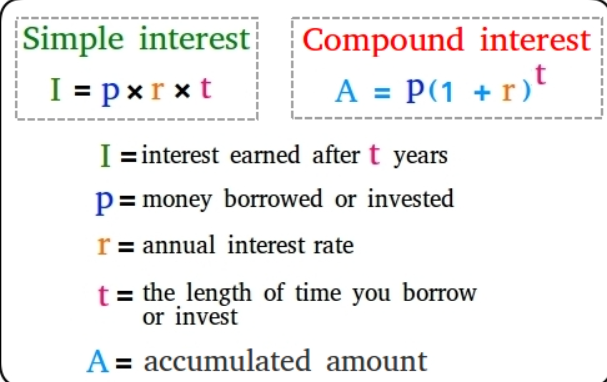Understanding the Differences Between a Cover Letter and a Resume
When you apply for jobs, your resume and cover letter serve as key documents that introduce you to potential employers. However, they play different roles in the application process. Both documents provide crucial information about your skills, qualifications, and experience. But they differ in purpose, structure, and content. Understanding the differences between a cover letter and a resume is vital for crafting a successful job application.
We will explore the differences between a cover letter vs resume in detail. We will also look at their definitions, structure, purpose, and tips for writing each document.
What is a resume?
A resume is a formal document that summarizes your professional background, skills, education, and work experience. It provides a comprehensive record of your career, emphasizing your qualifications and achievements relevant to the job you’re applying for. A resume is typically concise and to the point. It often uses bullet points to highlight key information, making it easy for employers to read quickly.
Key Components of a Resume
- Contact Information: Include your full name, phone number, email address, and potentially a LinkedIn profile or professional website.
- Objective or Summary (Optional): Some resumes include a brief statement summarizing your career goals or key qualifications.
- Work Experience: Outline your professional work history, including job titles, company names, locations, and dates of employment. List specific duties and achievements for each position.
- Education: Your educational background, including degrees, institutions, and graduation years, typically follows work experience.
- Skills: Highlight key skills, both technical and soft, that are relevant to the job you’re applying for.
- Certifications and Awards (Optional): Include relevant certifications, awards, or other achievements that demonstrate your qualifications for the position.
- Volunteer Work (Optional): Include unpaid work experiences that are relevant to the job or showcase transferable skills.
Purpose of a Resume
The primary purpose of a resume is to provide employers with a snapshot of your qualifications and professional experience. It is a factual, concise document that highlights your skills and work history in relation to the specific job you’re applying for. Hiring managers typically review resumes quickly, as they may sift through many applicants’ resumes for a given position.
A well-crafted resume helps the hiring manager quickly assess whether you have the right qualifications for the job. It can be a determining factor in securing an interview.
What is a cover letter?
A cover letter is a one-page document that accompanies your resume. It provides additional context about why you are applying for the position and why you are a strong candidate. Unlike a resume, which focuses on facts and achievements, a cover letter is more personal. It allows you to express your enthusiasm, personality, and motivation for applying. It also serves as an opportunity to make a compelling case for why you would be a good fit for the company and the role.
Key Components of a Cover Letter
- Header: Include your contact information at the top, followed by the employer’s contact information.
- Salutation: Address the hiring manager or employer, such as “Dear [Hiring Manager’s Name].” If you don’t know the name, “Dear Hiring Manager” is acceptable.
- Introduction: Briefly explain the job you’re applying for and how you found out about the position. Include a short statement about why you’re excited about the opportunity.
- Body Paragraph(s): This section outlines why you’re a strong candidate for the position. Highlight your relevant skills, experience, and accomplishments, demonstrating how they align with the job requirements. Also, express your enthusiasm for the company and explain why you want to work there.
- Closing Paragraph: Summarize your interest in the position and express a desire for an interview. Offer to provide additional information or discuss your qualifications further.
- Signature: End with a polite closing, such as “Sincerely” or “Best regards,” followed by your name.
Purpose of a Cover Letter
A cover letter introduces you and explains why you’re applying for a specific job at a particular company. It demonstrates your enthusiasm, qualifications, and cultural fit within the organization. A strong cover letter complements your resume by providing context, showcasing your personality, and explaining how your experience and skills will benefit the employer.
Unlike a resume, which is a factual summary, a cover letter lets you tell a more personal story. It explains why you’re interested in both the role and the company.
Table of Differences Between a Resume and a Cover Letter
| Aspect | Resume | Cover Letter |
|---|---|---|
| Purpose | The resume’s primary purpose is to provide a detailed, factual summary of your work experience, skills, and qualifications. | The cover letter serves as a personalized introduction, explaining why you are interested in the job and how your background aligns with the company’s needs. |
| Content and Detail | A resume typically uses a bulleted list with facts and figures, focusing on skills, work experience, and education in a structured, easy-to-scan format. | A cover letter is written in a narrative format. It allows you to elaborate on your qualifications and explain how your experience aligns with the job’s requirements. |
| Tone and Style | Resumes are formal and concise, using professional language to focus on credentials and accomplishments. | Cover letters have a more conversational tone, letting you express enthusiasm and personal interest in the role and the company. |
| Length | Resumes are usually one to two pages long to keep it concise and easy for hiring managers to scan. | Cover letters are generally one page long, with three to four paragraphs outlining your qualifications and interest in the job. |
| Level of Personalization | Resumes are standardized and present the same information to every employer, but can be tailored to emphasize relevant skills and experience for each job. | Cover letters are highly personalized and tailored to each job application. They demonstrate that you have researched the company and understand its needs. |
When to Use Each
Both the resume and cover letter are critical components of a job application. They serve different purposes. Your resume provides a structured overview of your qualifications, experience, and skills. Your cover letter allows you to explain your interest in the position and why you’re a good fit for the company.
When submitting a job application, include both documents. They should complement each other and present a comprehensive picture of your qualifications.
Tailor both your resume and cover letter to the specific job you’re applying for. Follow best practices for formatting, grammar, and clarity. A strong resume and cover letter combination will significantly increase your chances of landing an interview and securing your desired role.



